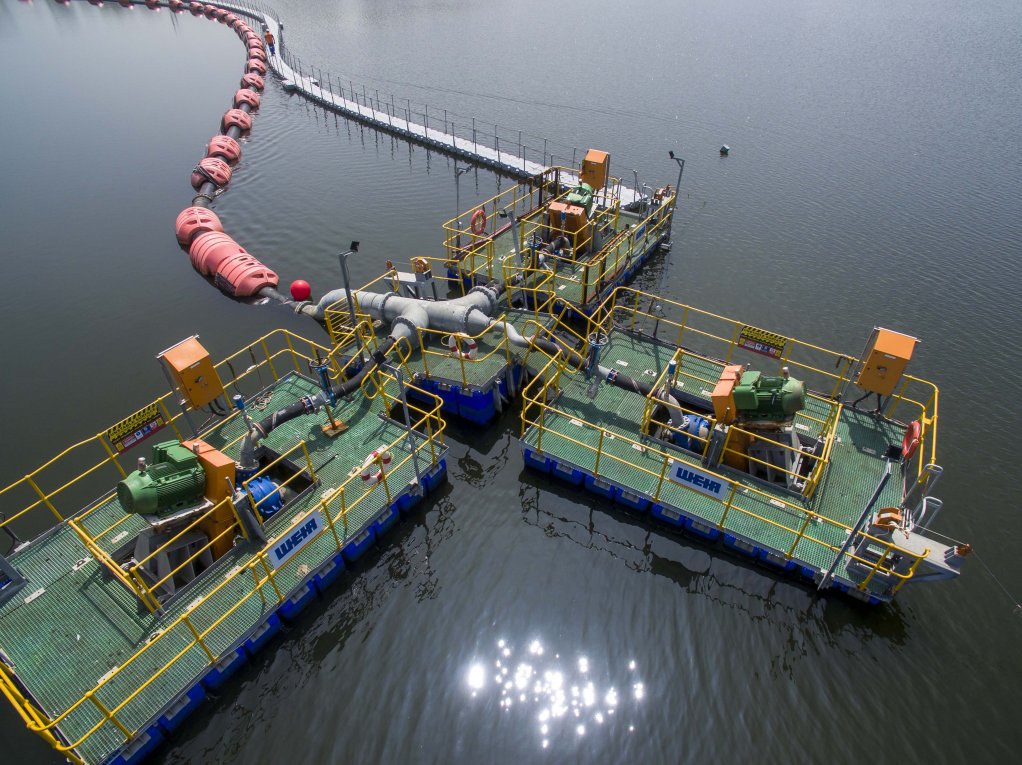

Customised dewatering solutions for mines and quarries
Dewatering solutions are essential to remove excess water from mines or quarries to allow operations to continue while safeguarding operators and maintaining productivity.
Every operation’s requirements vary and present unique challenges and Weir Minerals Africa GM pump products Marnus Koorts stresses that dewatering solutions should be adapted or customised to suit site-specific conditions.
In any mining environment, water comes from several sources, with rain being the most prolific in some regions. However, other sources such as natural seepage and aquifers can yield a significant amount of groundwater, especially in underground mining operations, which can lead to considerable disruption of operations with costly consequences. A comprehensive, reliable and flexible dewatering plan is, therefore, essential to remove excess water from working areas to ensure uninterrupted operations.
Koorts advises customers to work with a specialist original-equipment manufacturer (OEM) that understands the environment, site conditions and has the expertise to help design a fit-for-purpose dewatering solution.
“Each operation’s dewatering requirements are different. Consequently, we believe that dewatering solutions should be customised to suit the site conditions. At Weir Minerals, we don’t supply a dewatering solution without first going to the site to assess the different parameters that determine an optimal solution for the operation,” he says.
Head pressure required to pump the water out of the pit is also a critical consideration in the design of a dewatering solution. Many of the pits are very deep, which means additional booster pumps are needed to overcome the large vertical lift. Based on the mine site configuration and whether an openpit or underground operation, these could be positioned at multiple levels to help raise the water.
“The characteristics of the water can have an impact on the final equipment and materials used. For example, the pH range, temperature, and corrosive and abrasive content all play a critical role in selecting the equipment to transport water effectively. The presence of solids in the water, the specific gravity, size distribution and content percentage will determine the type of pumps required,” explains Koorts.
He notes that dewatering systems comprise numerous critical components including pumps, drive units, priming systems, control systems, control valves and discharge piping.
“It is critical that the preferred dewatering system OEM be able to integrate all these various components into a single system. At Weir Minerals we have a large portfolio of in-house and external components that allow us to provide a fit-for-purpose dewatering solution and take responsibility for the entire system’s performance. These include multiple pumping solutions, drive units, pontoon barges, electrical control systems, hoses, discharge piping systems and hydrocyclone separators, amongst others,” concludes Koorts.




